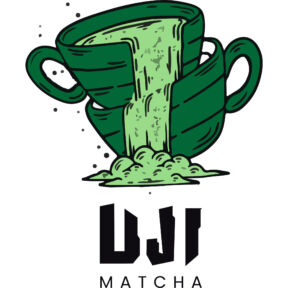

Kindly choose your order from our website or inquire with our team during Japanese business hours JST 9-6 or by email, and we will be happy and grateful to be having you as our esteemed client abroad or host you here in beautiful western Japan.
The main tea farms of the core Uji that originated the name and brand is located close to the famous escape route of ‘Tokugawa Ieyasu’ (the model for the Shogun on American TV). – Our area is surrounded by mountains and is rich in nature, and even includes the headwaters of the Yodogawa River in Osaka. You may order online to within Japan or we export to outside Japan as matcha grows in the world taste and appreciation alongside esteem for Uji shi and Uji region.
Rain, shade, and sun cycles for Uji tea makes the best matcha and you can see the intense green color in the results of the leaves in the farm rows.



Cultivars are special varieties of tea leaves. In Japan, specific cultivars are chosen for tencha—the shade-grown leaves ground into matcha—to ensure vibrant green hues and rich flavors.
Key Cultivars for Matcha
Below are the primary cultivars used in Japan, particularly in Uji (Kyoto), Shizuoka, and Kagoshima:
- Yabukita (70% of Production)
- Flavor: Balanced, fresh, slightly grassy, mild bitterness.
- Color: Vibrant green.
- Use: Everyday matcha, lattes, cooking.
- Why Unique: Versatile and hardy, ideal for blends and mid-grade matcha. Grown widely in Shizuoka and Kagoshima.
- Okumidori (3-5% of Production)
- Flavor: Smooth, sweet, rich umami, low bitterness.
- Color: Vivid green.
- Use: Usucha (thin matcha), koicha (thick matcha), lattes.
- Why Unique: Mellow and vibrant, perfect for premium blends.
- Samidori (2-3% of Production)
- Flavor: Velvety, rich umami, minimal bitterness.
- Color: Deep green.
- Use: Ceremonial-grade matcha, usucha, koicha.
- Why Unique: Native to Uji, prized for its smooth, traditional flavor.
- Saemidori (2-3% of Production)
- Flavor: Light, floral, fruity, earthy, low bitterness.
- Color: Bright green.
- Use: Ceremonial matcha, usucha, koicha.
- Why Unique: Delicate and modern, popular in Kagoshima for single-origin matcha.
- Gokou (1% of Production)
- Flavor: Creamy, rounded umami, low bitterness.
- Color: Lush green.
- Use: High-end ceremonial matcha.
- Why Unique: Uji-grown, ideal for luxury matcha with a refined taste.
- Uji Hikari (<1% of Production)
- Flavor: Deep umami, exceptionally smooth.
- Color: Emerald green.
- Use: Top-tier ceremonial matcha.
- Why Unique: Rare and prestigious, used in competitions and premium teas.
Explore these cultivars with us to find your perfect matcha, crafted with centuries of Japanese tradition.



Over the past 5 years, an increasing number of foreigners have come to buy matcha in Uji city and Uji Tawara. Out of all the interactions in the local community the most serious buyers and best relations have come from Germany and the United States and Thailand. The least popular buyers have been French, reknowned for wasting a lot of time and demanding discounts without sale. It is prudent to visit once your’re informed and have the intent to buy, in order for any new buyer to get their best foot forward.
The best timing to place an order for upcoming seasons is after Obon holiday in August. The best timing to collect your order (typically prices rise up to this point) is around March/April.





If color is the most vital for you, Okumidori leaves are the most green. For Gyokuro, shade creates the most umami and catechins too in the taste. Wazuka area has darker plants, Uji area has lighter.
The Kyoto governor allows the name of Uji to be too liberally sprinkled in nomenclature across and apace the entirety of Kyoto, letting the name Uji be used (like “champagne”) on many farms far afield from Uji. The future will be warlike for matcha, with the strong winning and all soldout for the next few years, and lots of marketing tricks and funhouse mirrors of origins and pedigrees parlaying out to duel with discerning clients and tea drinkers who are as cultivated and careful as the tencha of the valleys.



The Shogun from the TV series ran over the Wazuka area. The Nagatani family house that started actual green tea esteemed the highest quality to be Joyo. This is true “Shogun matcha.” Anybody purporting to be this from other regions of Uji is falsifying history here. Historical societies at Uji community center confirm this.
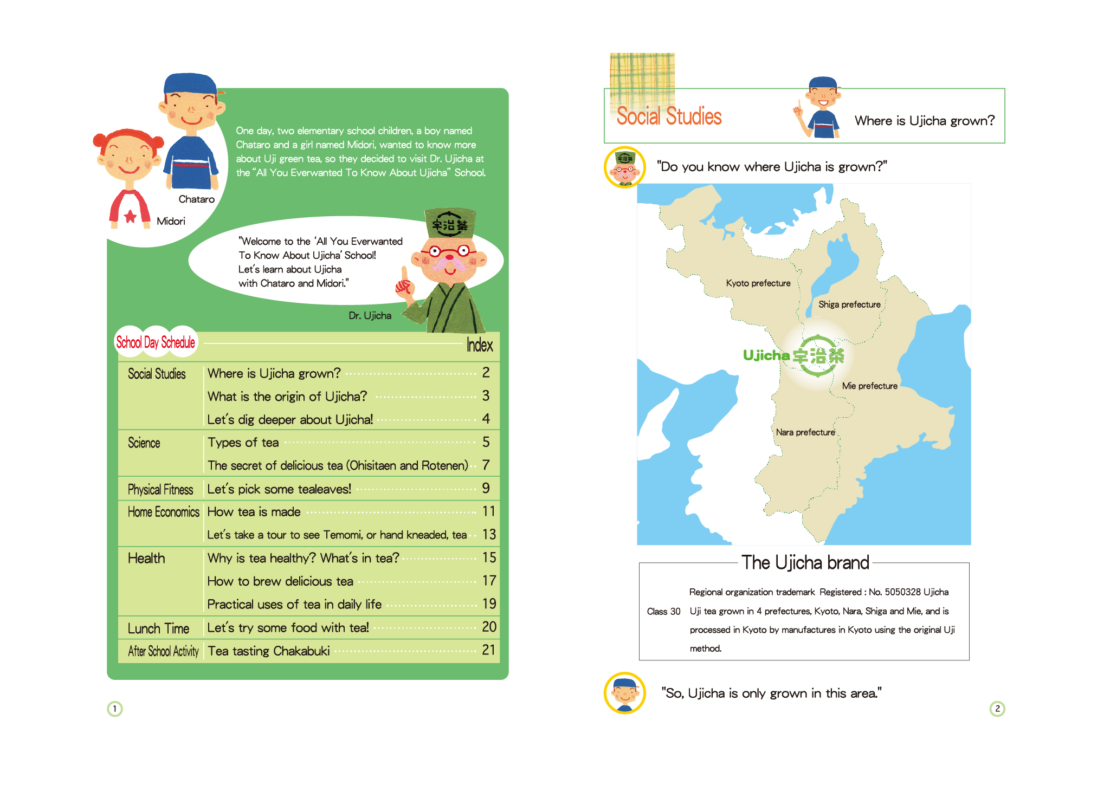
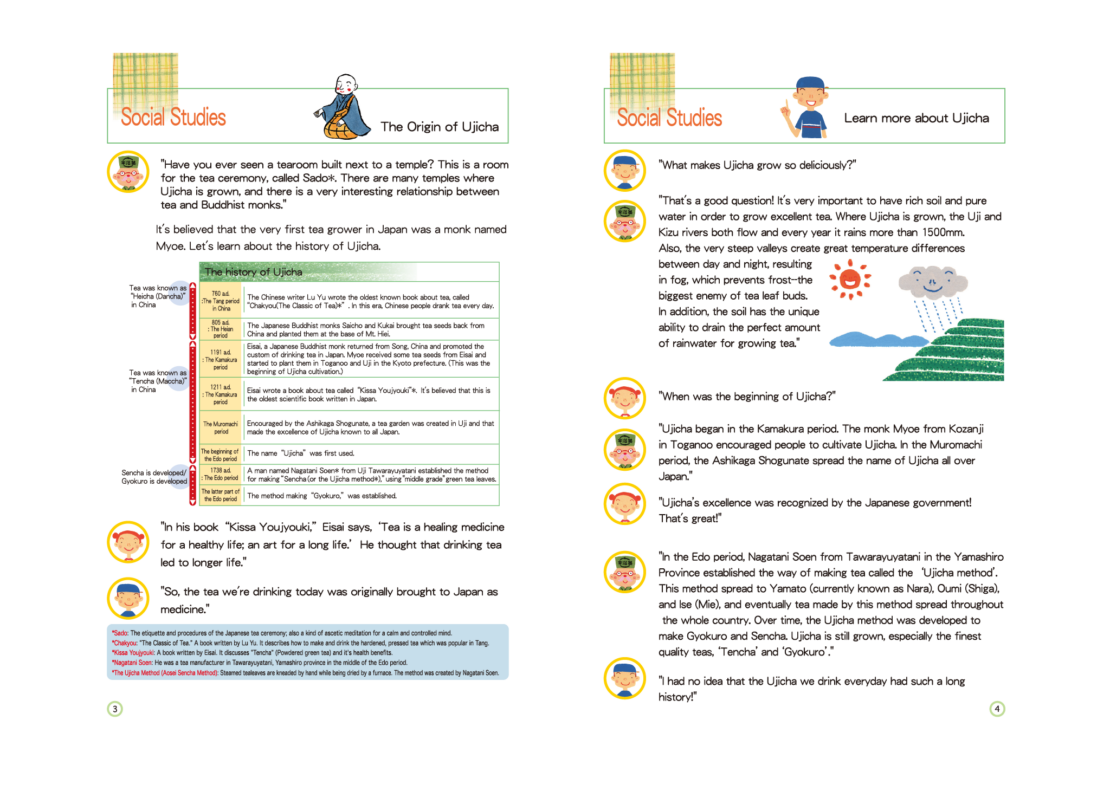
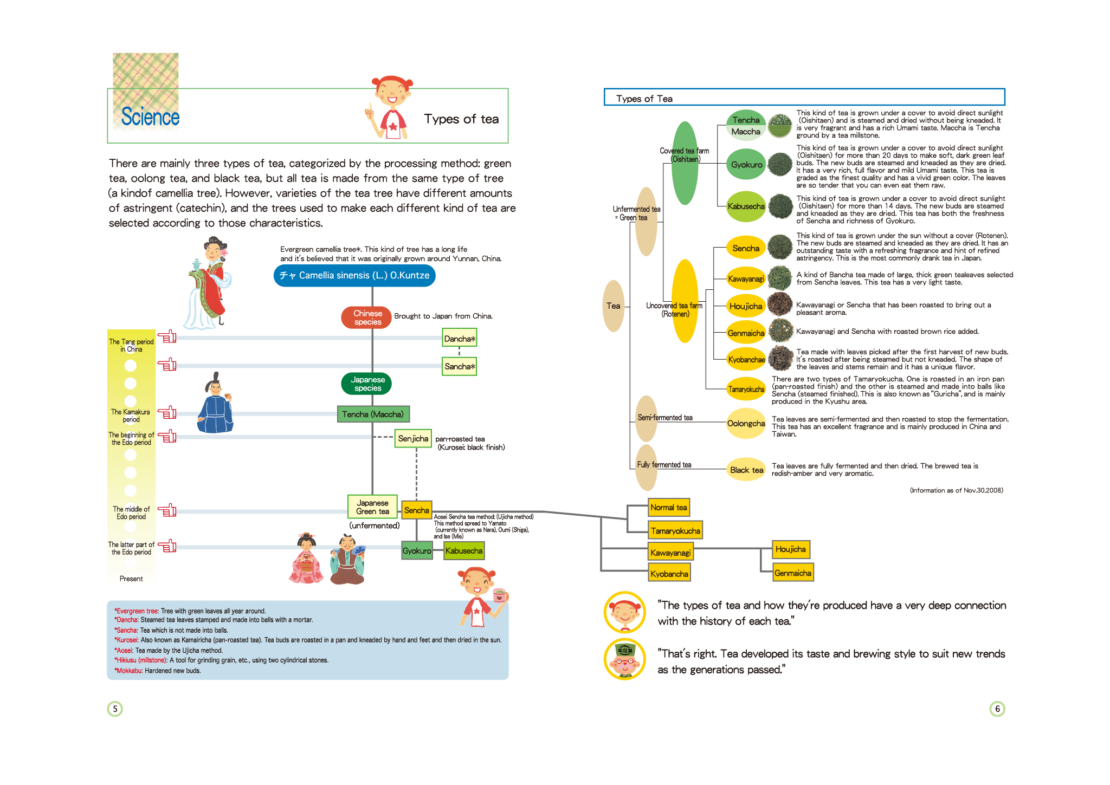
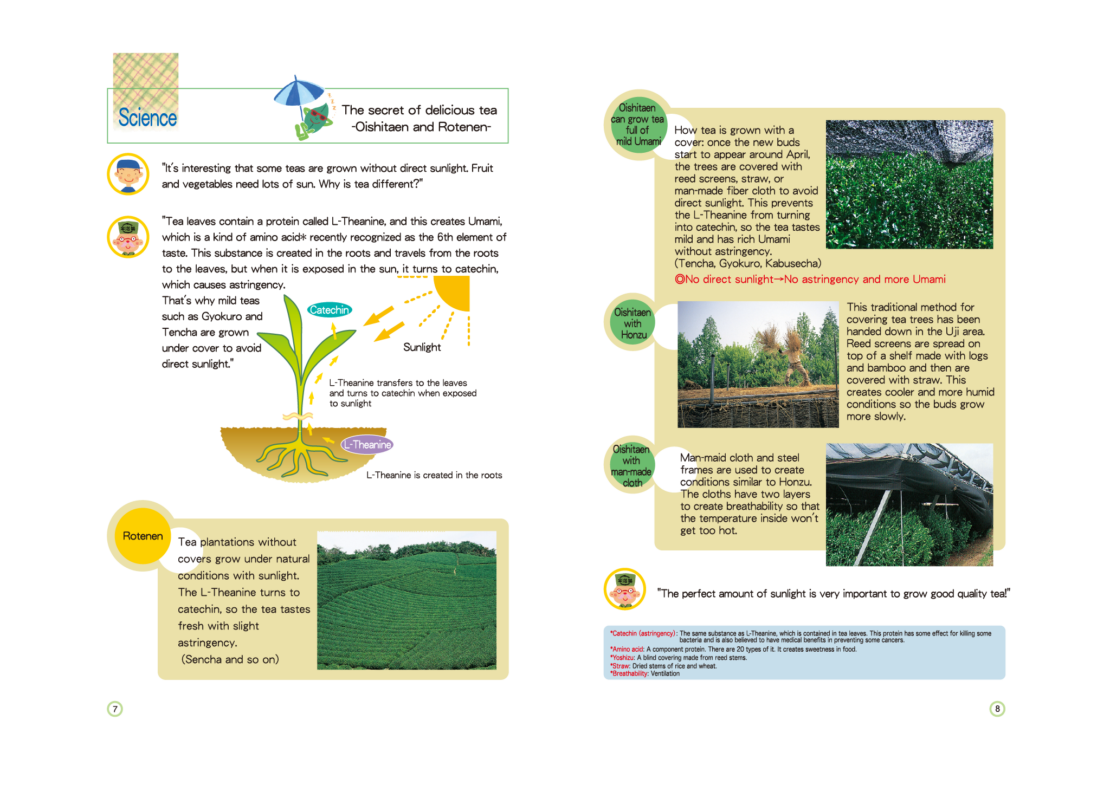
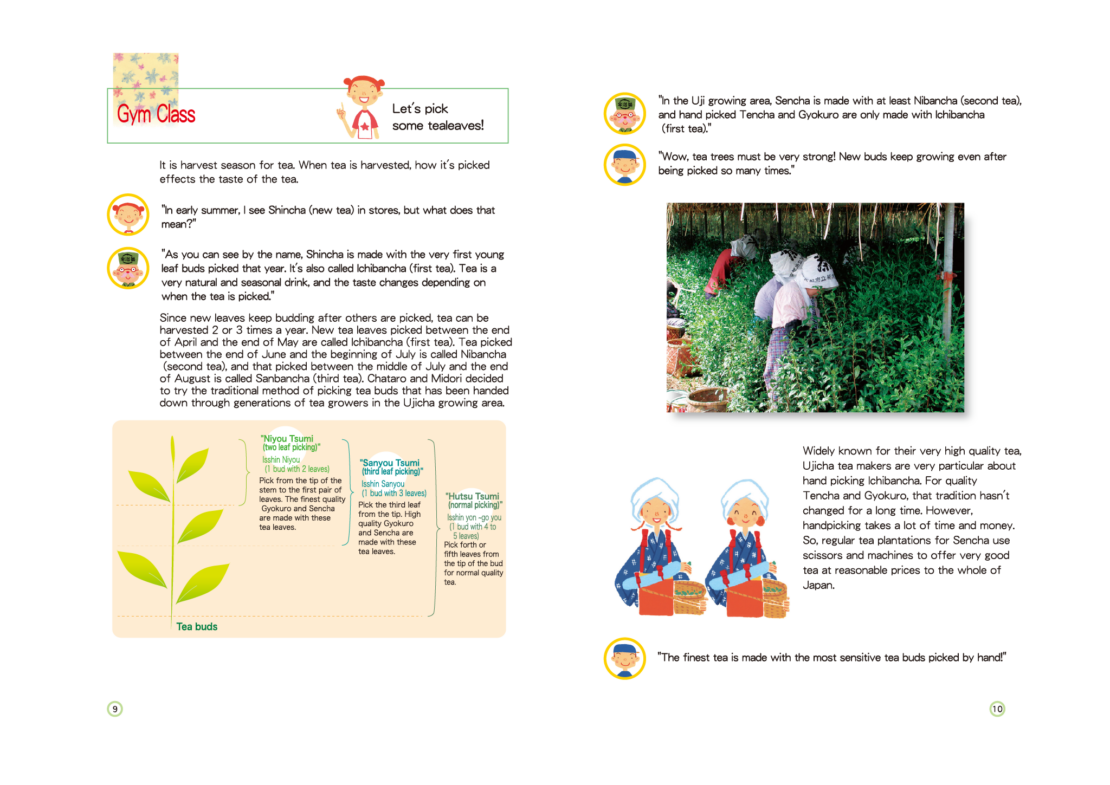
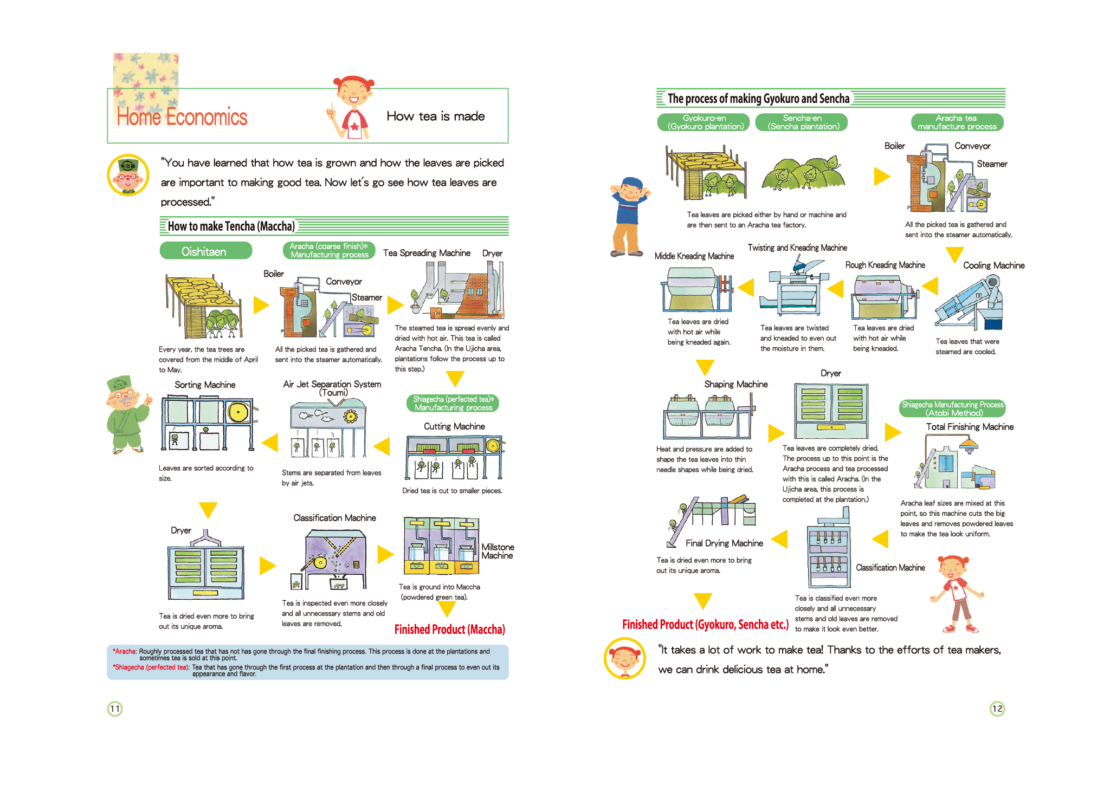
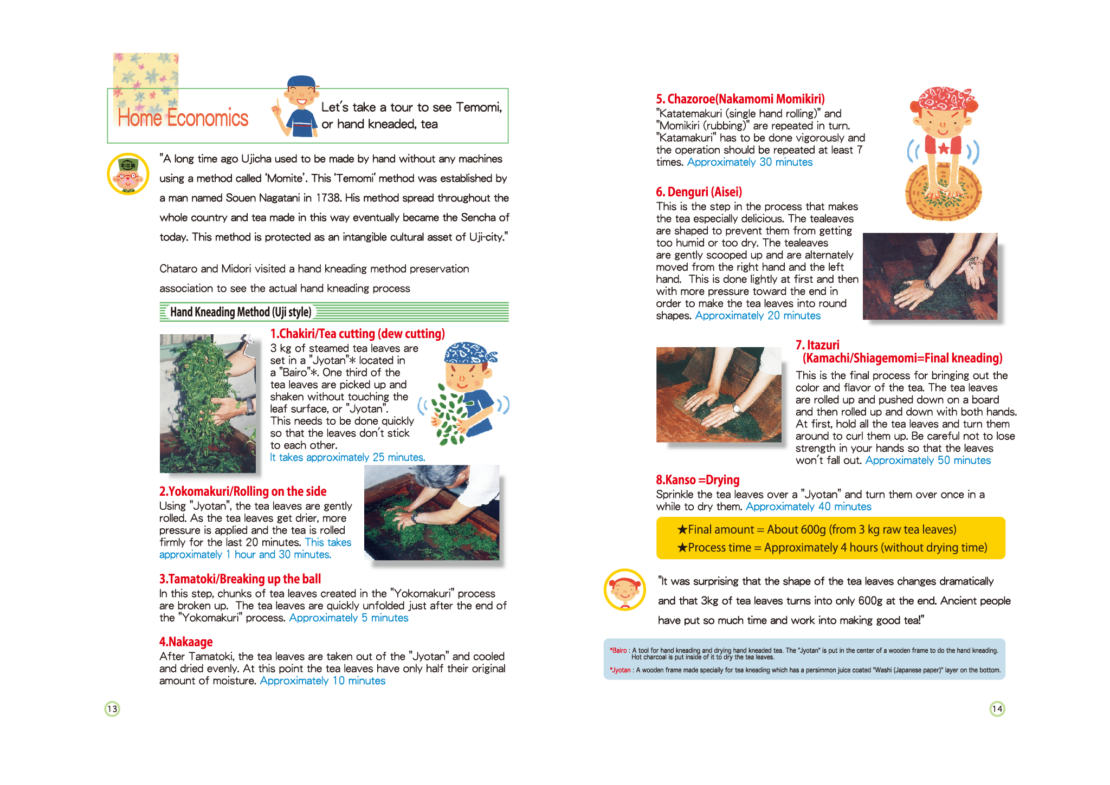
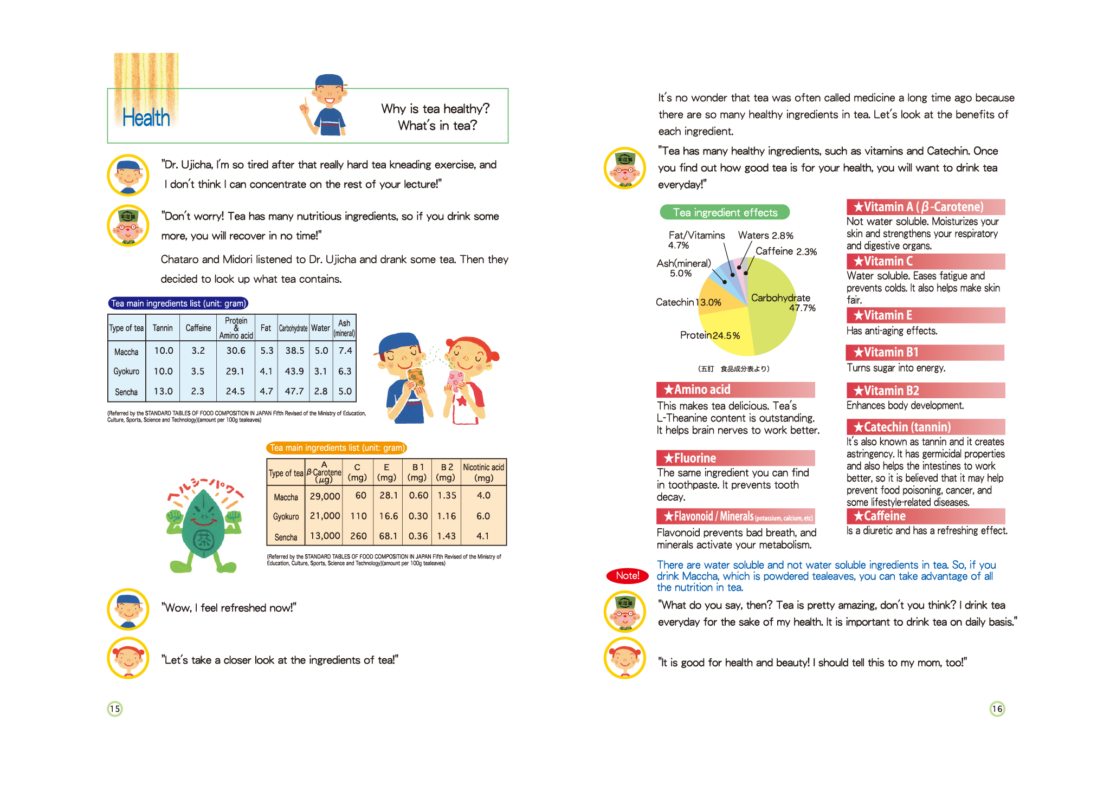
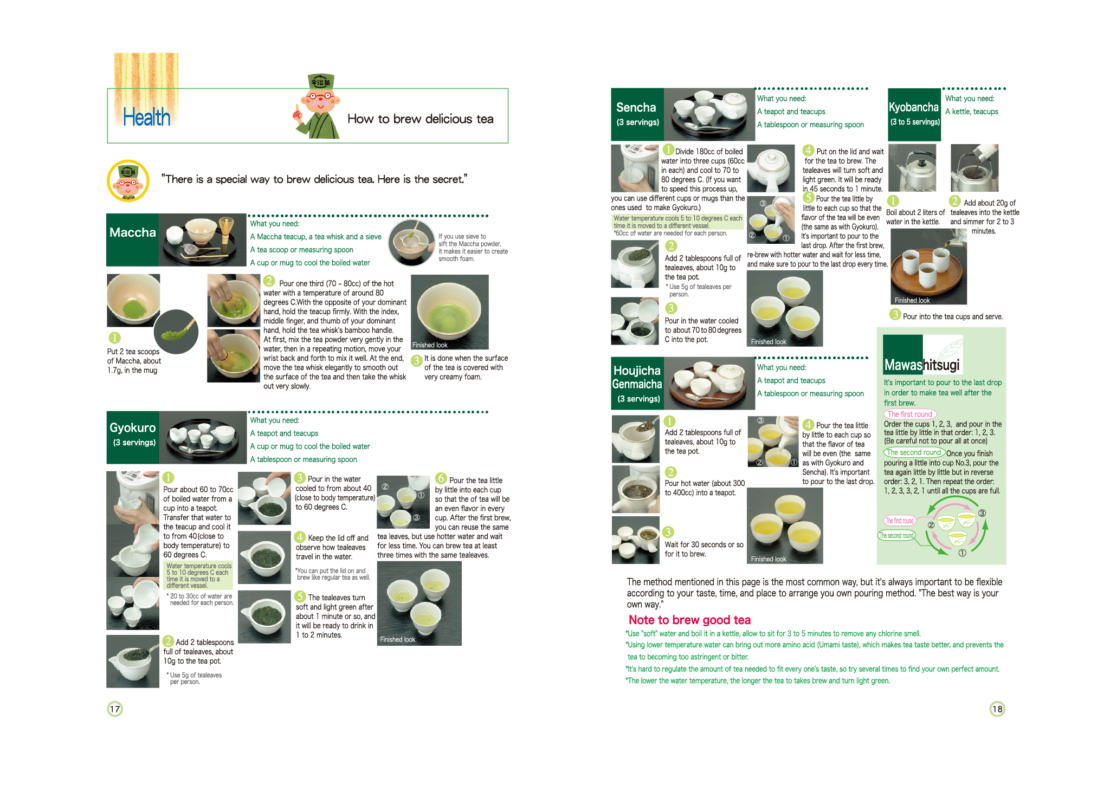
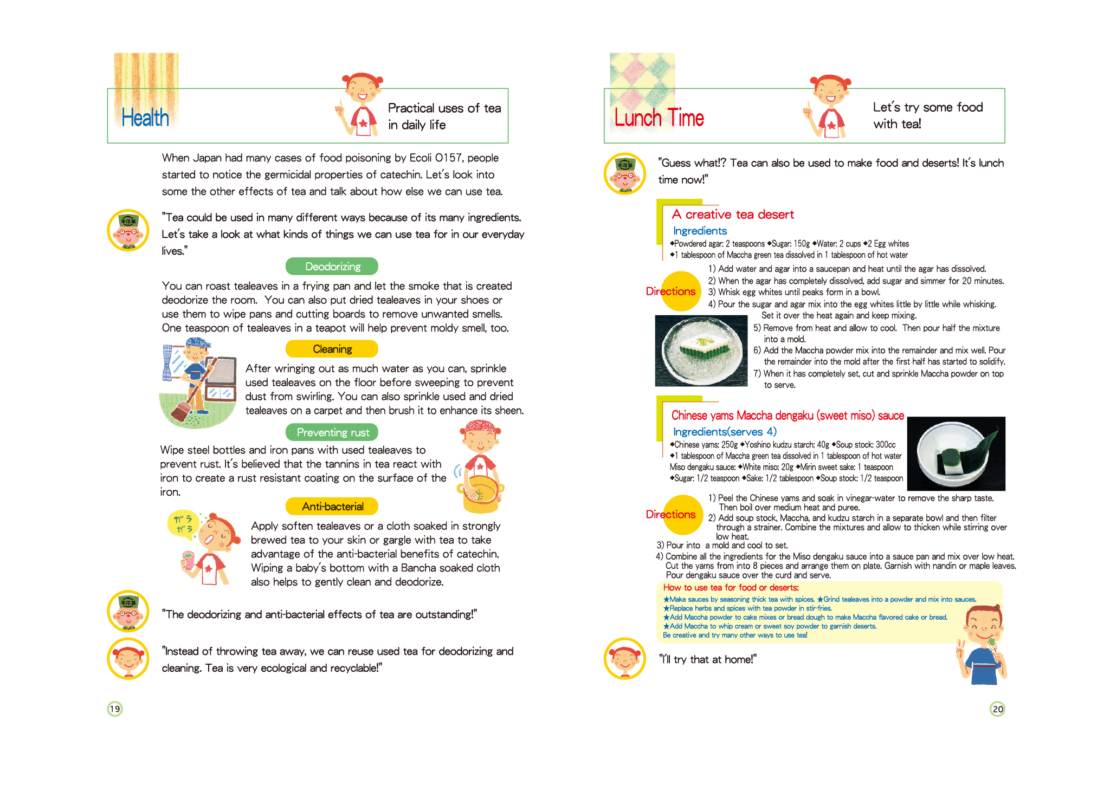
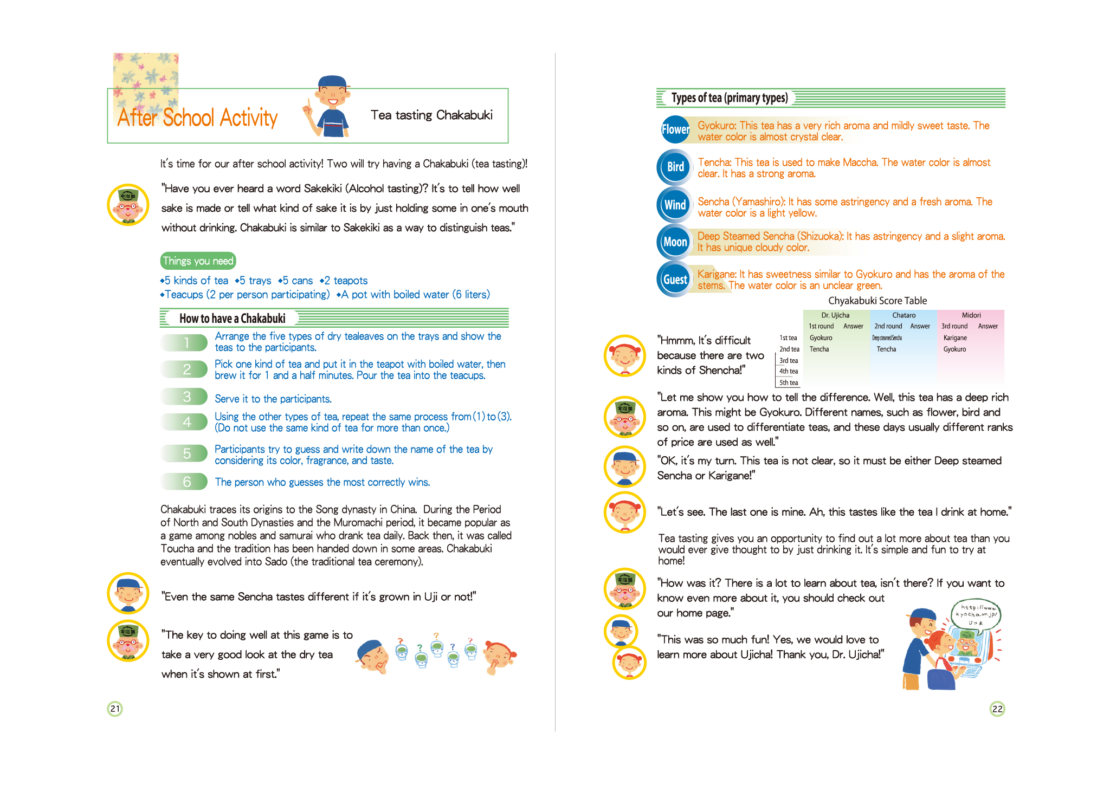


Uji Matcha Harvests and Flushes: Unveiling the Seasons of Quality in Japan
Discover the secret behind premium Uji matcha!
Our authentic Japanese matcha is all meticulously harvested in Uji, Japan, with each season yielding unique qualities. Understanding the matcha harvest schedule is key to appreciating the depth of this revered green tea.
First Flush Matcha: The Pinnacle of Purity (Late April – Mid-May)
Experience the unparalleled taste of first flush matcha, also known as ichibancha. This highly anticipated spring matcha harvest occurs between late April and mid-May, yielding the highest quality Uji matcha. During this period, only the youngest, most tender leaves are hand-picked, resulting in a vibrant green tea with a rich, umami flavor and a high concentration of beneficial L-theanine. If you’re searching for ceremonial grade matcha or best quality matcha, our first flush selections are unmatched.
Summer & Autumn Matcha: Versatility and Value
While the first flush is prized, subsequent harvests offer excellent options for diverse uses:
* Second Harvest Matcha (Early Summer: June – July): Still offering a good quality, our second harvest Uji matcha is perfect for everyday enjoyment. Its balanced flavor makes it ideal for delicious matcha lattes, smoothies, and culinary creations.
* Later Harvests (Late Summer – Autumn: August – October): These harvests produce versatile matcha suitable for baking with matcha, creating refreshing iced matcha, or exploring new matcha recipes.
Explore our range of Uji matcha and tencha and even hojicha and find the perfect tea for your taste and needs. From premium ceremonial matcha to everyday culinary matcha, we bring the essence of Uji and our community directly to you.



